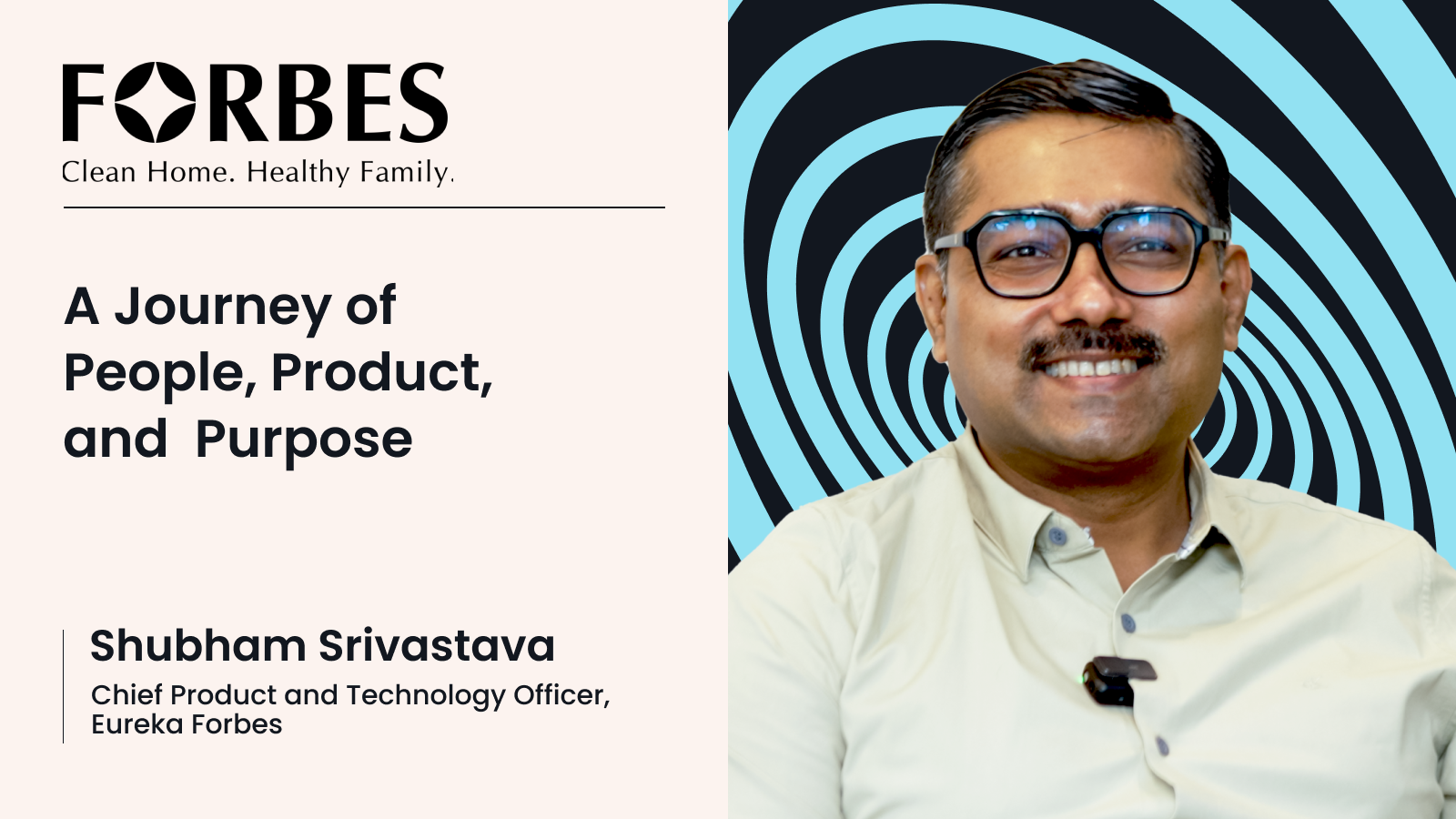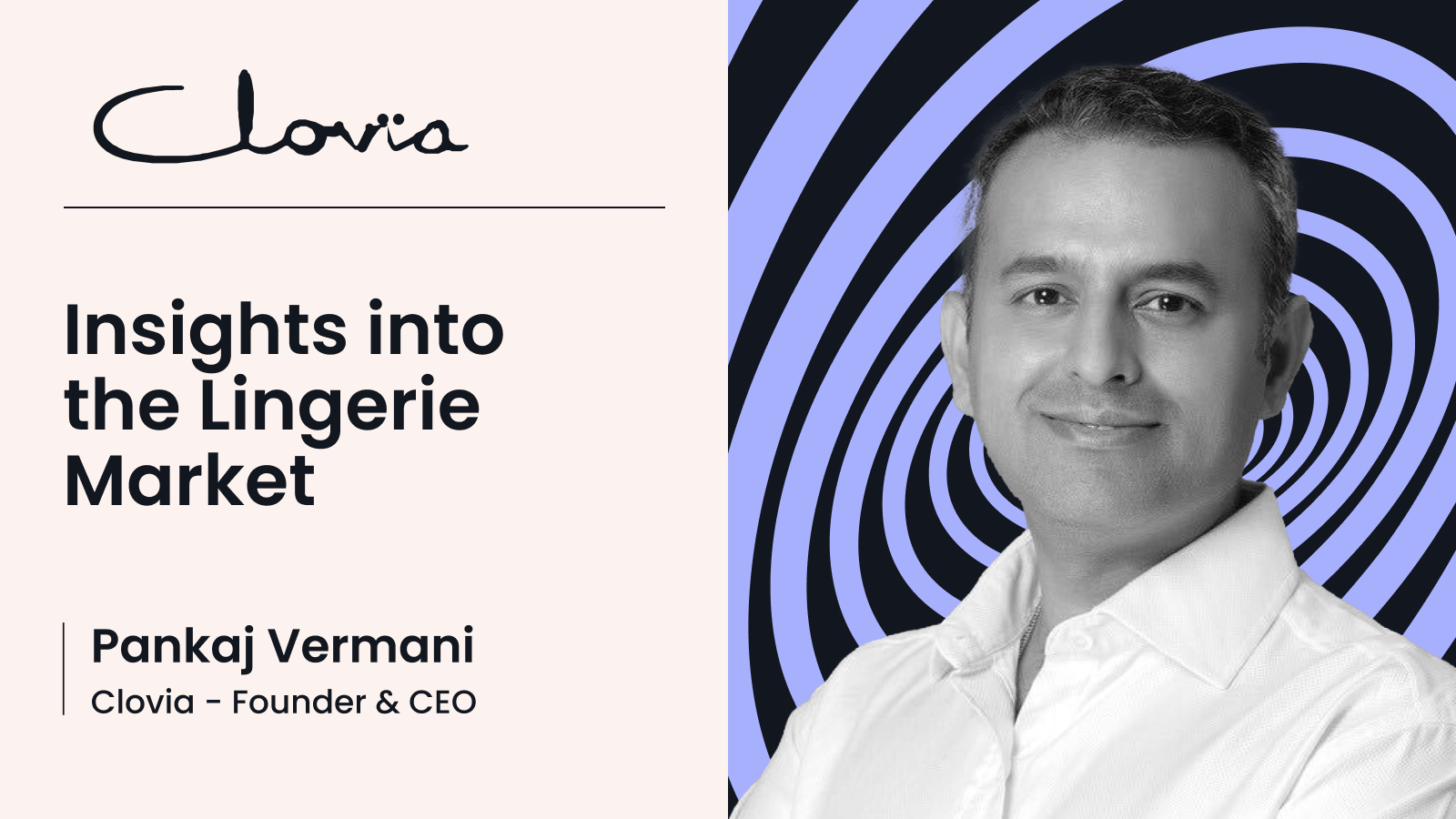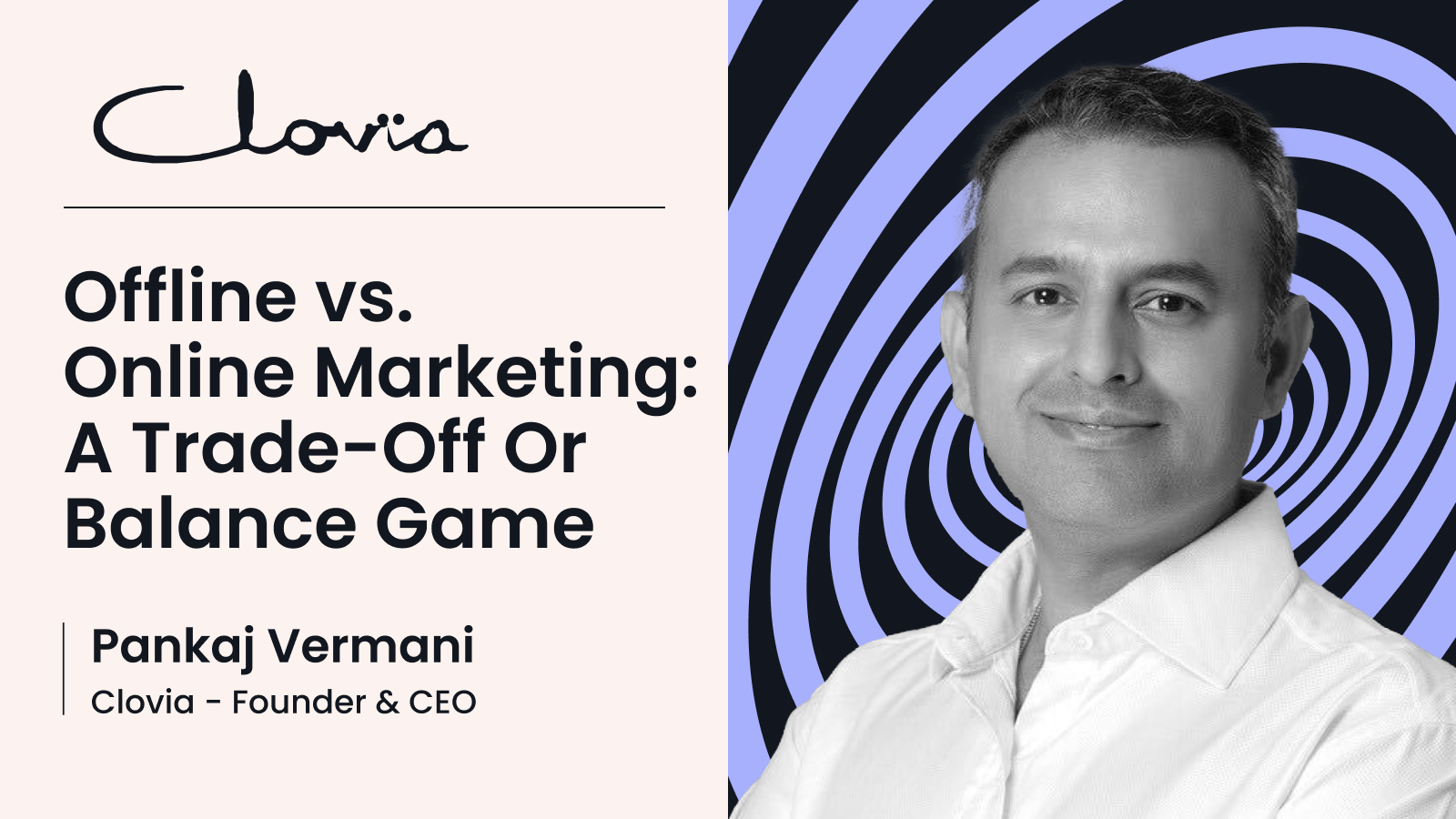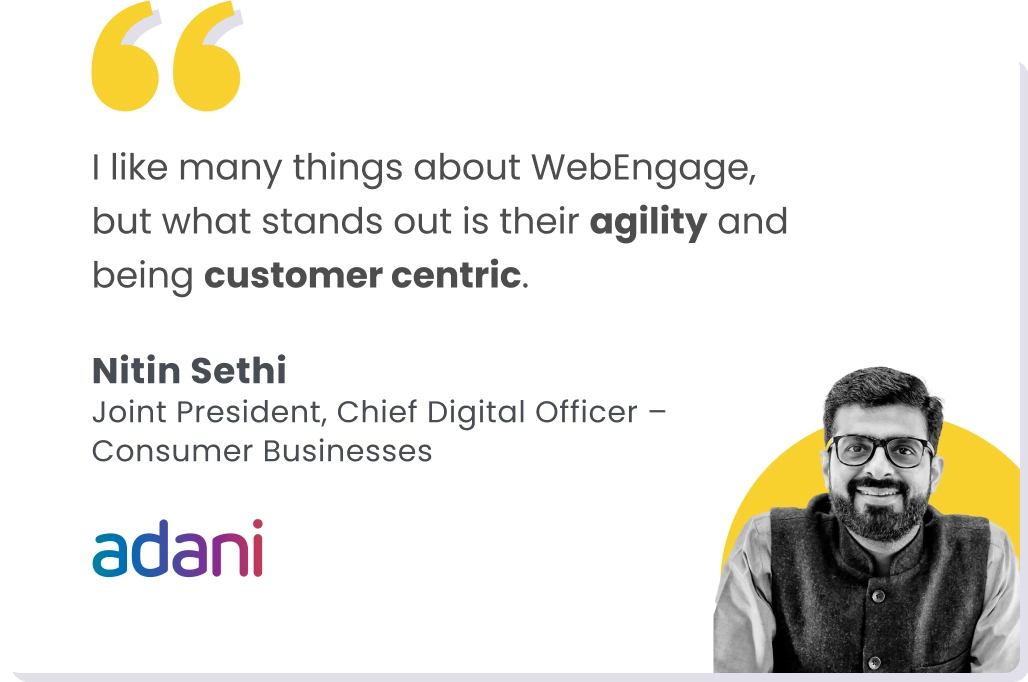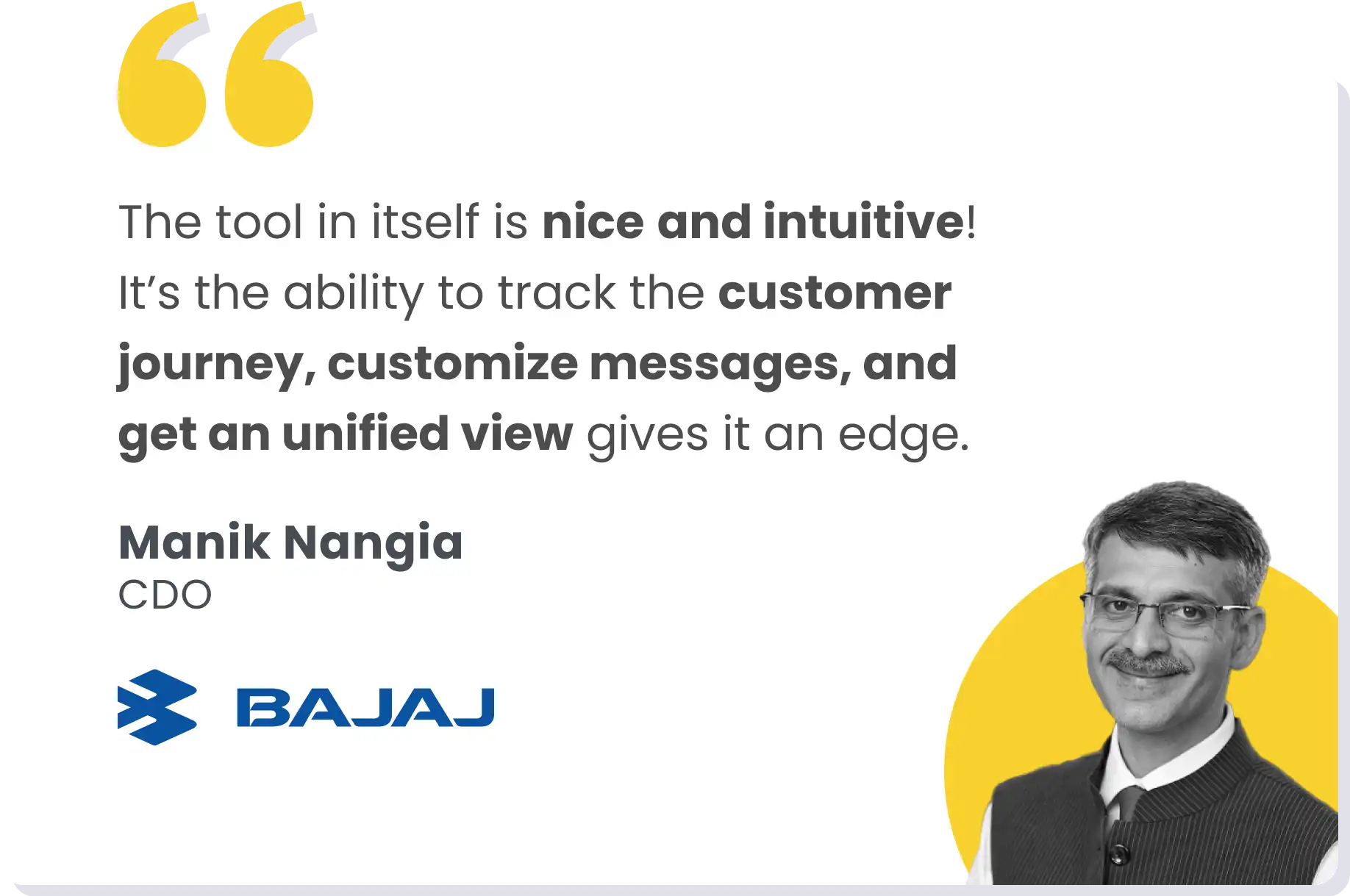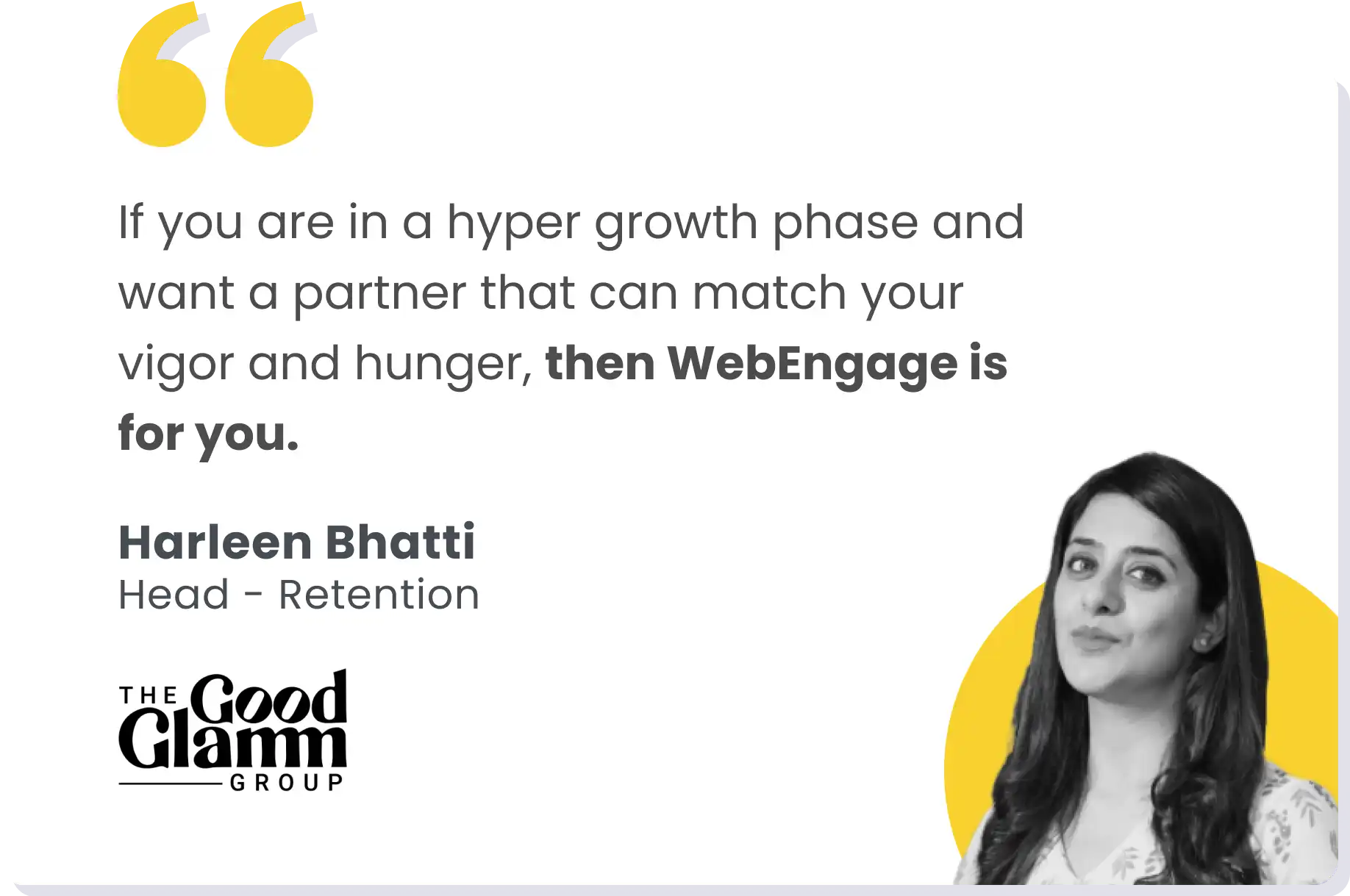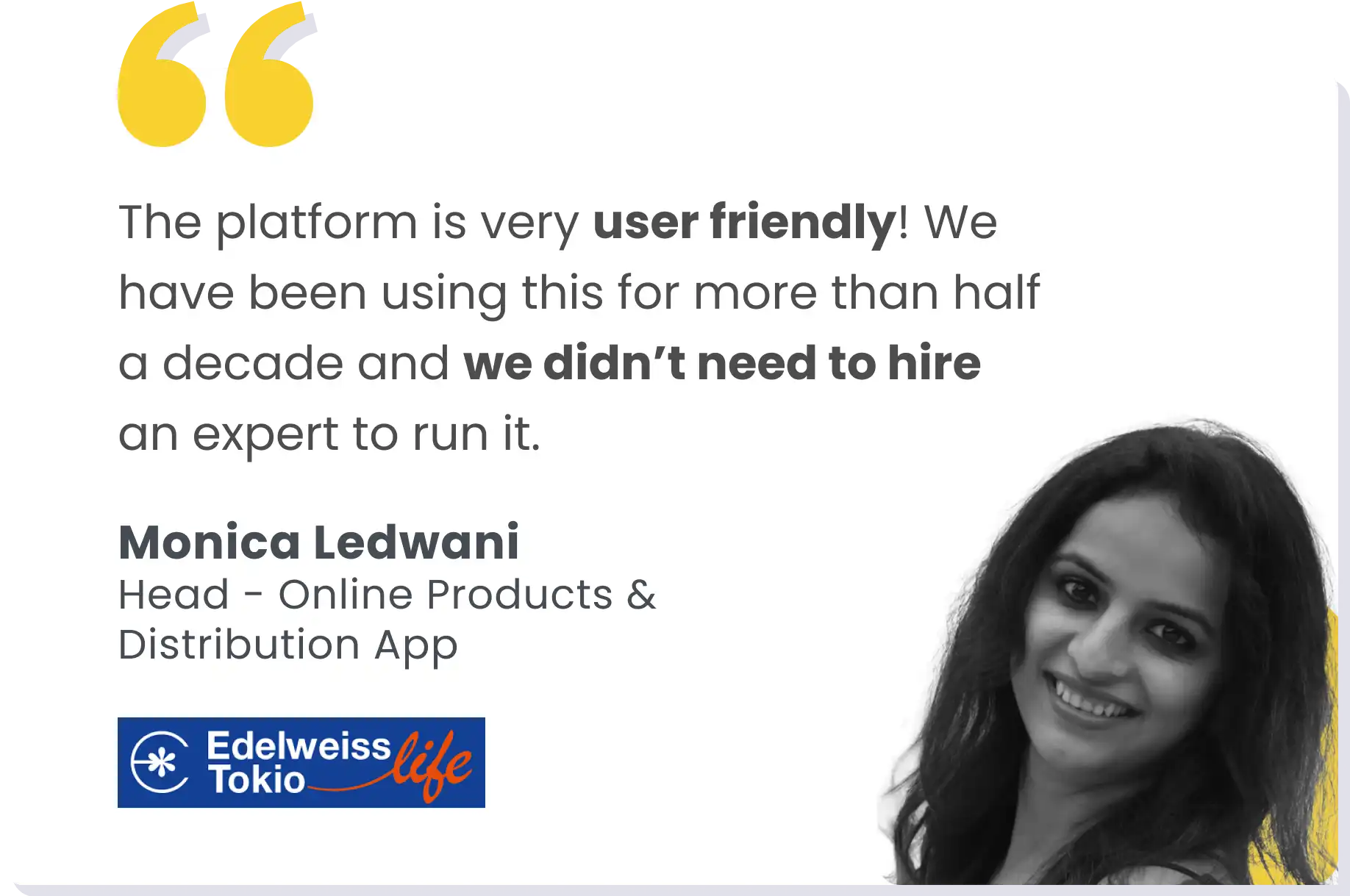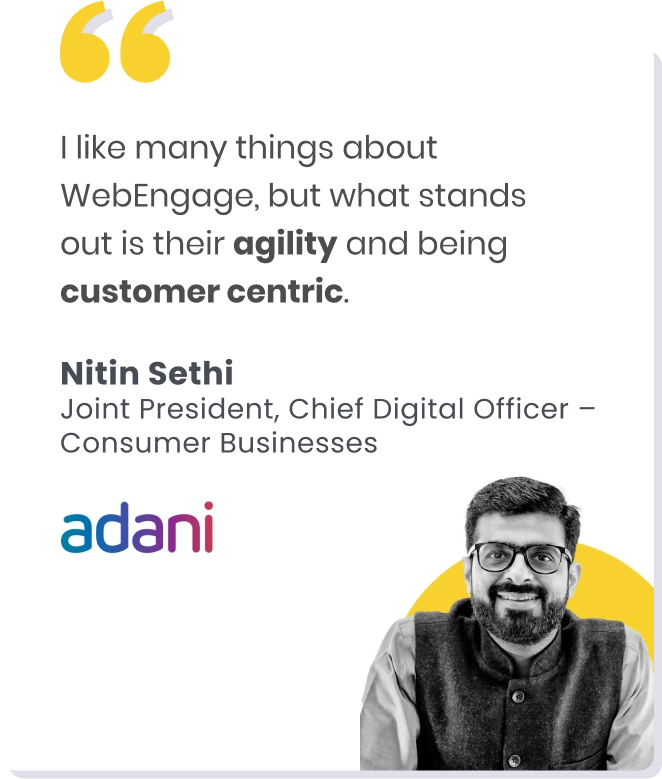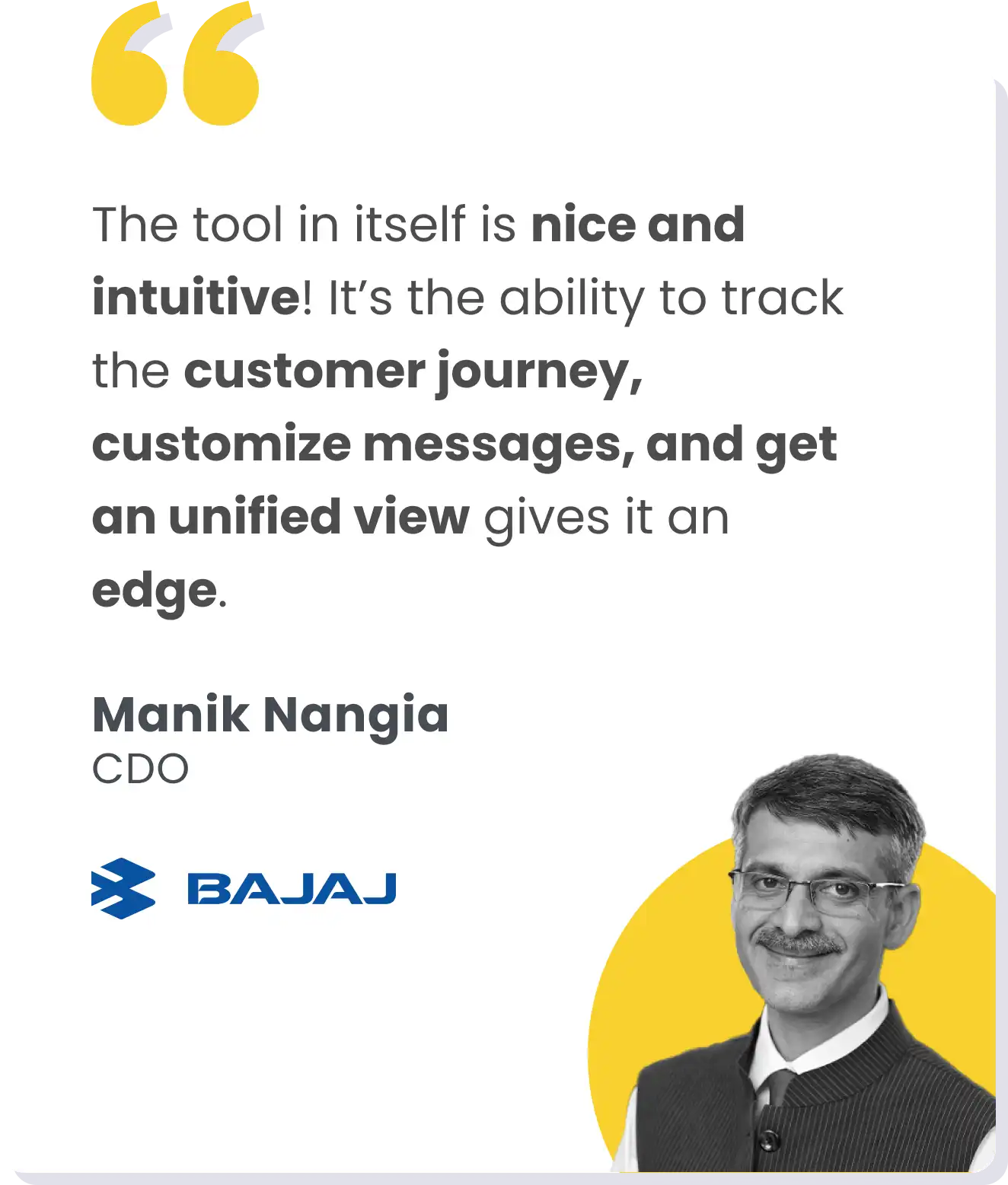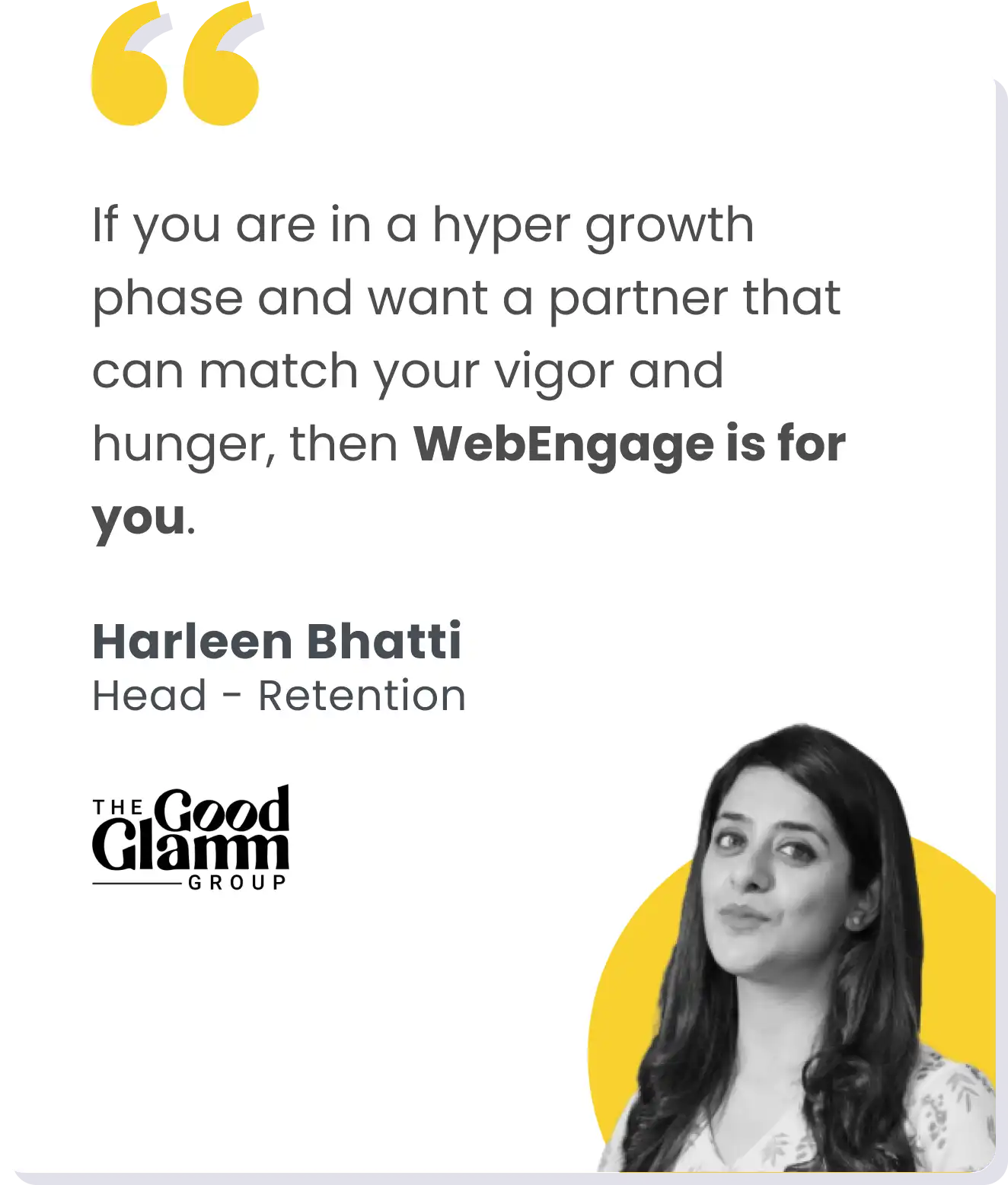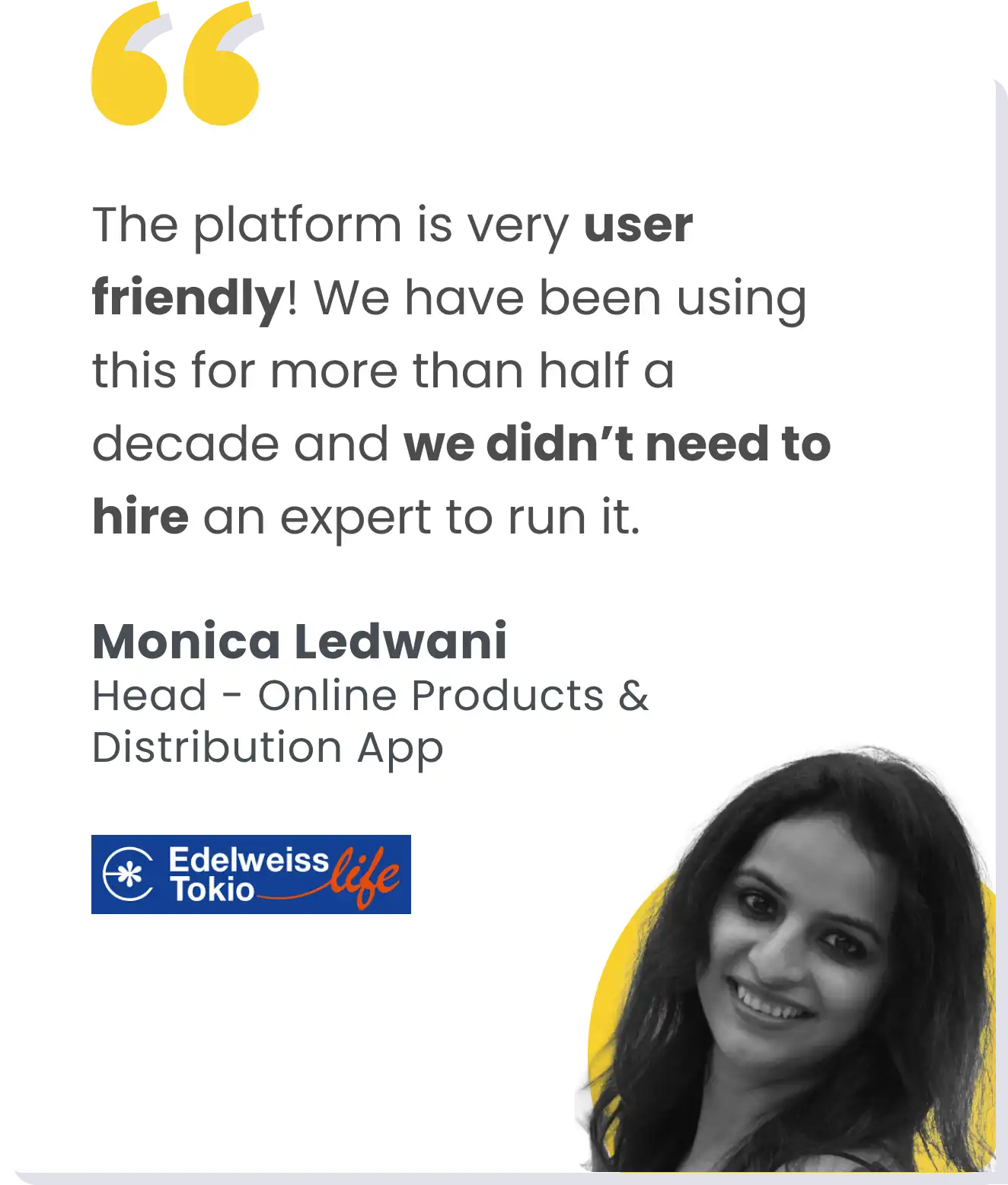The insurance industry is experiencing a significant shift, with digital channels playing an increasingly crucial role. In FY23, the life insurance premium registered a year-over-year growth of 12.98%, with new businesses contributing a whopping 47.7% of the total premiums received by life insurers. This growth signals a massive opportunity for insurance companies willing to embrace digital transformation.
As traditional insurance companies try to embrace this shift, many find themselves struggling to adapt. The old agency-driven model isn’t enough anymore, but diving into digital comes with its own set of challenges.
I’m Sameer Jain, VP & Head of D2C Ecommerce at Max Life Insurance. Over the past five years, I’ve been at the forefront of our digital transformation journey. It hasn’t always been smooth sailing, but we’ve made significant progress. Today, I’m going to share some key insights from our experience that could help you capitalize on the growing market opportunity.
The Evolving Landscape of Online Insurance Sales
It is no secret that the insurance industry is undergoing a major shift. Web aggregators now account for over 30% of digital insurance originations. This shift is driven by changing consumer behavior, with more people turning to online channels for research and purchases.
At Max Life, our ecommerce channel, including aggregators, now contributes to 25% of our new customer acquisitions. This isn’t just about selling policies online – our website has become the storefront for our entire organization.
But let’s be real – the D2C model comes with its challenges. When we started, our customer acquisition costs (CAC) were 3-4 times higher than they are now. It took years of sustained investment and optimization to reach our current efficiency. This is a long-term game, and you need to be prepared for that.
Optimizing the Customer Journey in Digital Insurance
Understanding the customer funnel is crucial for insurance companies. Here’s what our funnel typically looks like: out of 100 website visitors, about 20 fill out a lead form. Of these 20 leads, only 4-5 make a payment. And finally, we’re able to issue policies to about 75% of those who make a payment.
Each stage of this funnel needs careful optimization.
Here are some key strategies we’ve found effective:
- Page load time is critical. Our landing pages need to load in 2-3 seconds, even on 3G networks.
- Context carry-forward from ads to landing pages is important.
- Simplify form filling as much as possible.
- Clearly communicate your value proposition in the first few seconds.
We’ve also found that personalization is key. We create segment-specific journeys based on factors like age (which is a surrogate for life stage), employment status (salaried vs. self-employed), and gender. Interestingly, we’ve found that women convert twice as much compared to men when they come to our website.
One challenge we face is that many people come just to check their premium. We’ve had to balance this with our need to generate leads. It’s a tricky balance – if we show the premium too early, we might lose potential customers, but if we ask for too much information upfront, we might scare them off.
Building Long-term Customer Relationships in the Digital Age
One of our biggest challenges has been transitioning from transactional to relational interactions in the digital space. Unlike the traditional agency model where personal relationships drive loyalty, digital customers often view their purchase as a one-off transaction.
To address this, we’re experimenting with initiatives like having relationship managers personally deliver policy documents. This face-to-face interaction allows us to explain policy nuances and build a more personal connection with our customers.
We’re also focusing on cross-selling and upselling, especially during the first month after policy issuance (the free-look period). We’re working on building digital cross-sell journeys that make it easy for existing customers to buy additional products with just a few clicks.
Looking ahead, we see tremendous potential in omnichannel experiences. We recently launched a ‘light app’ that serves as a wrapper around our mobile website, catering to existing customers and users late in their purchase funnel.
Conclusion
For insurance companies contemplating their digital strategy, my advice would be this: don’t let the initial high CACs deter you. View it as a long-term investment. Build your digital muscle now, because that’s where the future of insurance lies. At the same time, don’t neglect your traditional channels. The key is to create an integrated ecosystem where digital and traditional channels complement each other.
Remember, digital transformation isn’t just about technology – it’s about reimagining your entire business model with the customer at the center.
As we conclude this exploration of digital transformation in the insurance industry, I hope these insights from our journey at Max Life Insurance prove valuable to you. But our discussion doesn’t need to end here. If you’re keen to dive deeper into these strategies and hear more about the challenges and triumphs of digital insurance, I recently had an enlightening conversation with Ankur Gattani on the “State of Retention Marketing” podcast. You can find the full episode on Spotify and YouTube – just search for “Navigating the Digital Insurance Industry: Acquiring and Engaging Customers with Sameer Jain”.
Authors Bio:
Sameer Jain is the Vice President and Head of D2C e-commerce at Max Life Insurance, one of India’s leading life insurance companies. With over a decade of experience in the digital space, Sameer has been instrumental in driving Max Life’s digital transformation journey. He has spearheaded the company’s D2C initiatives for the past five years, significantly growing the e-commerce channel’s contribution to new customer acquisitions.





